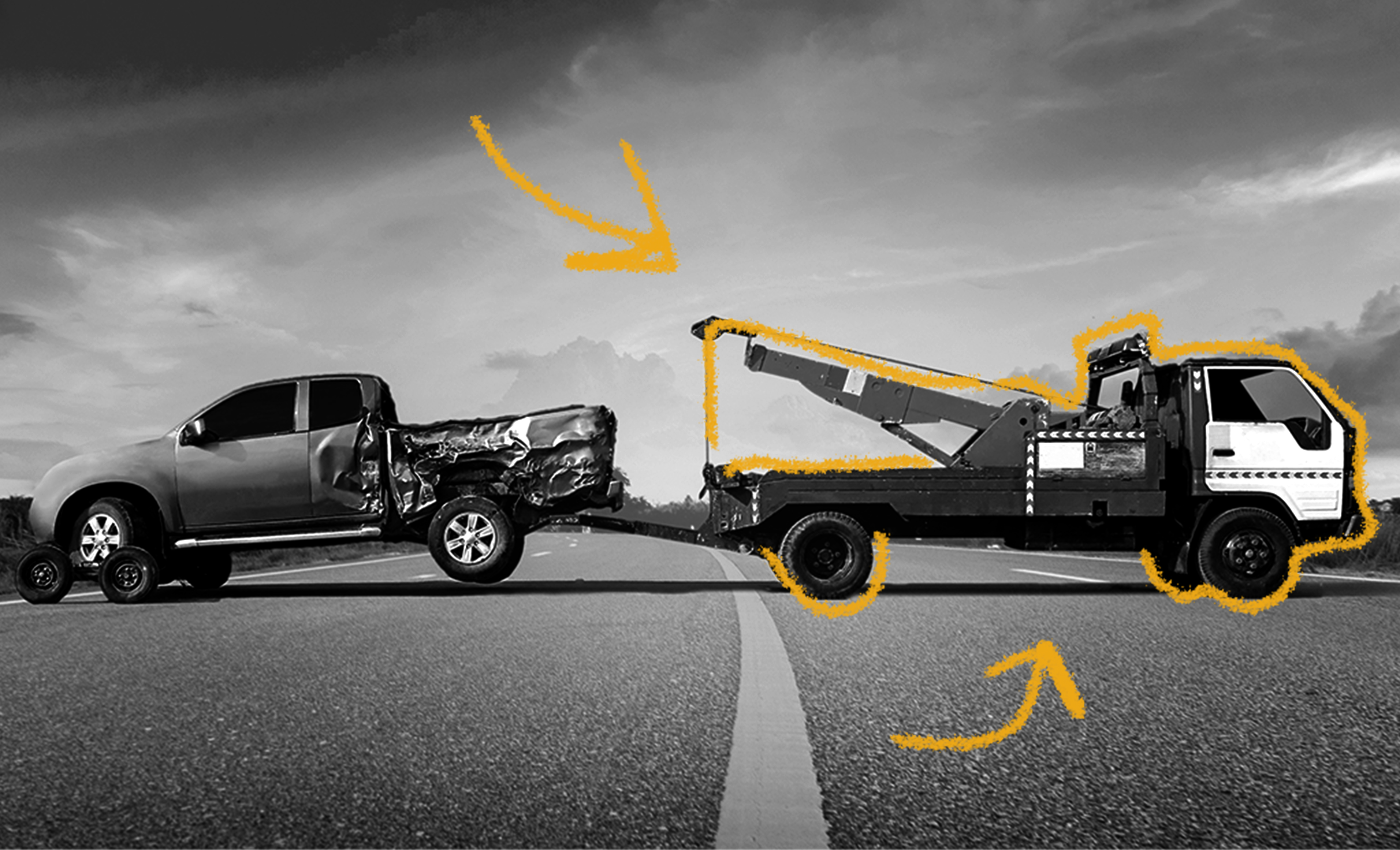In 1916, a mechanic in Chattanooga, Tennessee named Ernest Holmes, Sr. was informed that a motorist had lost control of their Ford Model T and driven into a creek. He went down to the crash site to retrieve the vehicle, but with little more than rope and blocks, it took a total of six men eight hours to get the Model T out of the creek. After this experience, Holmes realized that a more efficient way to move disabled cars was needed and began working on a solution: he mounted a chain and pully system onto the chassis of a 1913 Cadillac. (Later, he added two outriggers to stabilize the towed car.) In 1918, Holmes patented his invention. As car ownership increased, Holmes decided to transition his auto shop business into a manufacturing operation that built and sold tow trucks, or “wreckers” as they are sometimes called. The first commercially available model he offered was the Holmes 485, which used the body of a 1913 Locomobile. Later, Holmes supplied tow trucks to the U.S. Army during World War I and II. He also supplied tow trucks to NASCAR. By 1965, nearly two-thirds of all tow trucks were Holmes models. He continued to improve upon his original design over the years, earning several more patents. Holmes tow trucks still exist today alongside tow trucks made many other companies. While modern tow trucks haven’t changed much since Holmes’ invention first hit the streets, they have become stronger, have a range of new features, and are available in three major types (flatbed, wheel lifts, and hook and chain trucks), each with its own pros and cons. Just as they did when they were first invented, tow trucks continue to play an incredibly important role on today’s roadways.

Your go-to guide for weird history facts
Subscribe to the FREE daily email that makes learning about history fun.


